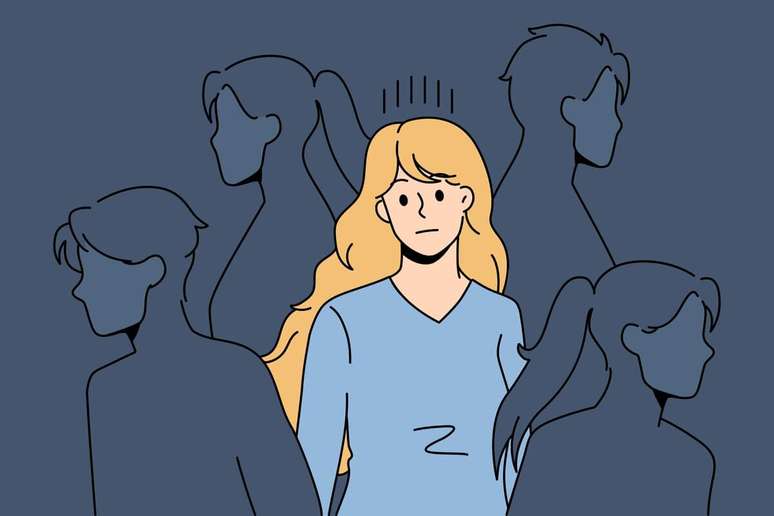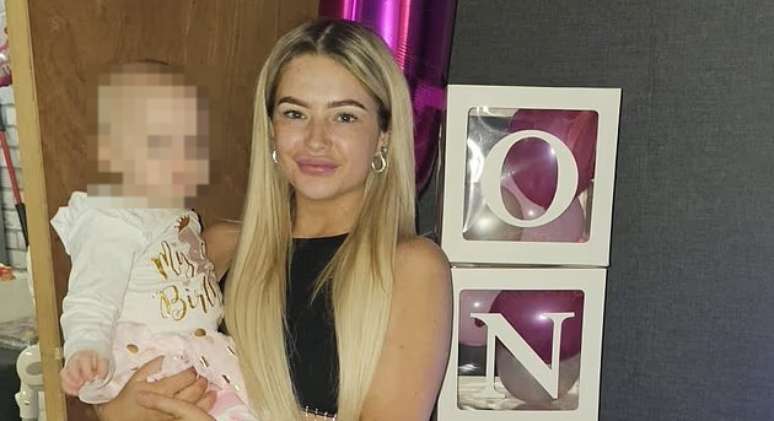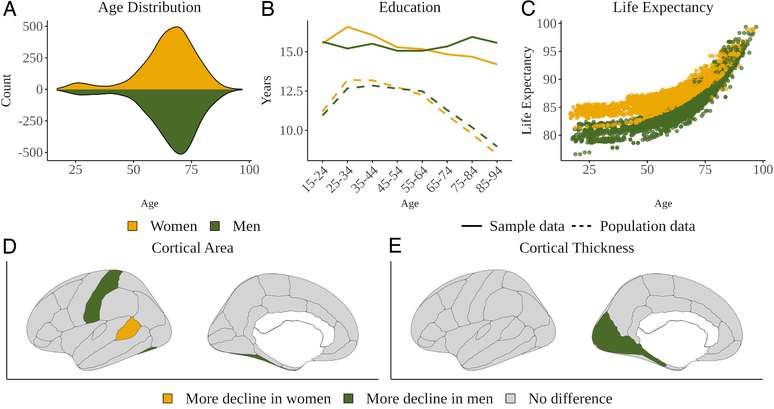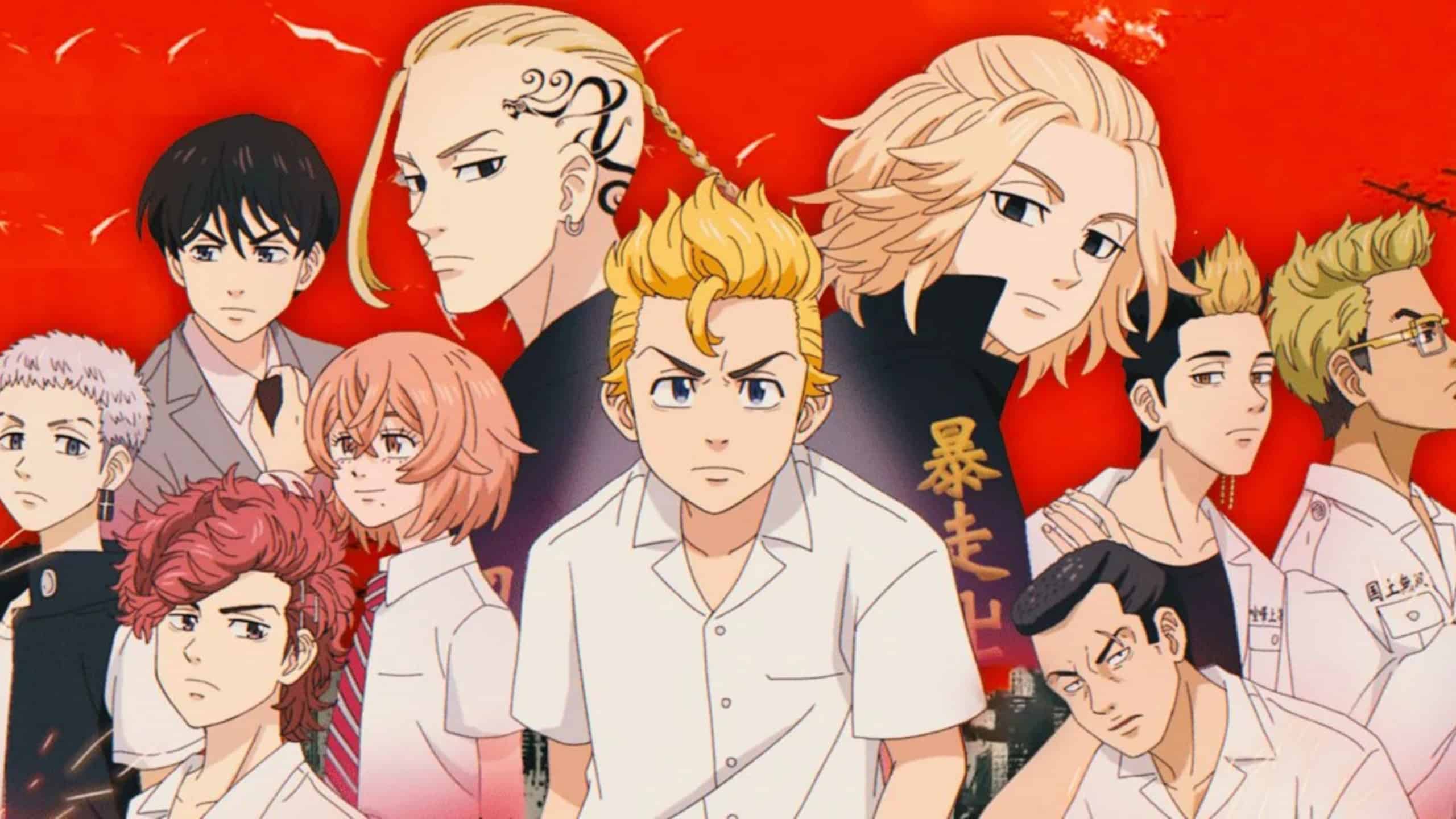Welcoming and recognizing the difficulties of neurodivergent people favors inclusion and self-knowledge
Not too long ago, my partner got the word “neurodiversity” tattooed on his arm. It was the way he found to ritualize the autism diagnosis for Pedro, our 4 year old son. And, while he’s been a featured subject of late, there are still those who ask him what he means. The lack of knowledge does not surprise me. As intimate as that sounds to me, it’s not. That term didn’t even exist 30 years ago. It first appeared in an official document in 1998, in a chapter written by Australian sociologist Judy Singer for a book published by UK Open University Press.

Judy Singer’s concept of neurodiversity is an analogy to biodiversity: just as biodiversity includes all animals, plants and microorganisms, neurodiversity represents the neurological plurality of all human beings. “I often say it’s nature’s trump card, the fact that we’re all different is a great asset in life, because that’s what got us here,” says Dr. Raquel Del Monde, neuropsychiatrist, mother of an autistic boy and reference in the diagnosis of adults.
We are not all neurodiverse
Raquel explains that neurodiversity is about ours cognitive process, that is, how we receive and process external stimuli and how we process our responses and behaviors in relation to the environment. However, while diversity is intrinsic to humans, there is an established pattern – and being outside of what is expected of these processes characterizes a different neurological functioning: neurodivergence. We must therefore be careful not to fall into the error that “we are all neurodiverse”, which minimizes the damage caused by the differences that characterize neurodivergences.
we are all different
Unfortunately, schools are the champions of this trap, where teachers and coordinators say that everyone has difficulty. “It sounds like an empathetic statement, but in practice it serves to minimize the difficulties of neurodivergent people. We are not all the same, we are all different. And then some people are more different than others”, underlines Márcia Faria, entrepreneur and neuropsychopedagogue, neurodivergent activist and atypical mother.
the trend of society it’s always about making everyone equal. “It’s easier to deal with people who fit a standard because it allows you to establish behaviors that are also standard, and will be replicated in all environments,” Raquel points out.
Therefore, embracing neurodiversity means breaking the standardization of social structures. “It is essential to demonstrate that there are neurodivergences, which make people different in such a way that they need adaptations, technologies and resources that other people do not need,” adds Márcia. And, in the end, everyone wins with what’s different.
Coexistence generates learning
Pedro was still a child when I suspected he was different. His constant crying gave the feeling that he was always upset, annoyed by something. When he wasn’t crying, he was always calm. I’ve never heard a stammer. He was over 1 year old and didn’t eat anything. I was already 2 years old and I didn’t say a word. He slept very little and his little hands made endless flights. As a journalist, I had already written extensively on child development and knew the first steps, but as I delved into this journey, I discovered how much we don’t know about neurodivergence. And worse: what little we think we know is stereotyped, limited and capacitive.
In the case of autism, specifically, I discovered how rooted in the collective imagination is the character of Raymond Babbitt, an autistic person with Savant syndrome, played by actor Dustin Hoffman, in the 1988 film Rain Man. This happens because we don’t live with neurodivergent people. My son, for example, is the first autistic person I have come into contact with and he has opened up a universe of knowledge in my life. Perhaps one of the most beautiful is the ability to give a name without suffering: Pedro is autistic. And he is neither good nor bad, he is just what he is.

Consequences of failure to diagnose
From an early age, Márcia perceived herself as different from other people. As much as she liked her, she tried hard not to be so different. “I always tried to do activities to be with more people, but I was always quite lonely. I had almost no friends and never knew how to relate to the few I had. In fact, I’m still learning how to do it,” she explains. She says she didn’t have a typical, party-filled adolescence. Her friends were the books, CDs and records that she listened to over and over again.
“I have characteristics that people usually don’t like, especially not in girls. For example: I don’t know and I don’t like to demonstrate emotions or affection, I don’t understand or give importance to social rules, I have difficulty expressing myself and also in non-verbal language. She was often described as hostile, strange, narrow-minded, stubborn, and even rude. I’m distracted, I overly like what most people don’t like. I say things considered inappropriate, I don’t have a great filter. Sometimes I can’t speak or what comes out is different than what was in my head,” she adds.
All these characteristics distanced her from relationships with other people, conditioned her life and her performance in daily functions. Not knowing why that was made her believe that something was wrong with her. With that came low self-esteem and abandonment of the things she enjoyed doing. “All of this led to misdiagnoses and, time and time again, endless cycles of seizures and burnout,” she says.
Diagnostic relief
Márcia is the mother of Maria Antônia, who was diagnosed with autism when she was 1 year and 9 months old – today the little girl is almost 6 years old. The one who noticed her marks was her father. “At first I even agreed with him. But then I thought it was an exaggeration and that, in fact, Toninha was growing up and becoming like me,” she says. Over time, Márcia befriended a few autistic adults, who began to identify autistic characteristics in her and encouraged her to seek a diagnosis. “I went there to clarify that doubt, but at the time I didn’t think she could make any difference,” she recalls.
But it did. Many things are still changing. Marcia has learned to do it recognize your limits and this eased his crises. She also tries to reduce the masking (masking her natural personality), she allowed herself to do her stimuli (self-stimulatory movements) and her “quirks” because she now knows there is nothing wrong with that. “I’ve had to revise my whole life. But going through life not feeling like a part and now knowing why and meeting people like me is liberating,” she assesses.
Interference of lack of professional training
Even today, the diagnosis of neurodevelopmental disorders is not simple. Dr. Raquel Del Monde explains that there is a huge gap in the training of professionals. “There is no extensive training to diagnose these neurodivergent conditions, any of them. And not having the support of something more objective, like biological markers, also makes it difficult, because the diagnosis is entirely clinical. So, it depends on good training,” she points out.

Make peace with yourself
In her book Other Ways to Use Your Mouth, Rupi Kaur writes: “we are all born so beautiful, the great tragedy is that we are convinced we are not”. Adults seeking a diagnosis have gone through lifetimes of inadequacy and suffering, not knowing why they were that way. As in Rupi’s poem, they were born beautiful, but they were convinced otherwise. Labeled as weird, lazy, distracted, rude, cold, unloving, neurodivergents could not have their difficulties acknowledged or given the support they needed.
That’s why the suicide rate of autistic men, with level 1 support — where people say “he doesn’t even look autistic” (please don’t!), – is 9% higher than the neurotypical population. In women, that number rises to 13%.
“When you don’t have a name, you’re looking for an explanation for who you are, and usually the learned response is that you don’t try hard enough. You never experience divergent neurological functioning. However, with the diagnosis, everything starts to change, you make sense and find the explanation for being who you are,” emphasizes Dr. Raquel. She recalls once, when giving the diagnosis to an adult patient, she asked if she wanted to formalize her condition. The answer still moves the doctor today: “no, I just wanted to make peace with myself”.
Published by Vida Simples magazine.
By Luciana Fires
She is a journalist and mother of Sofia and Pedro. She studied neurodivergence to support her child diagnosed with autism.
Source: Terra
Ben Stock is a lifestyle journalist and author at Gossipify. He writes about topics such as health, wellness, travel, food and home decor. He provides practical advice and inspiration to improve well-being, keeps readers up to date with latest lifestyle news and trends, known for his engaging writing style, in-depth analysis and unique perspectives.






![Tomorrow belongs to us: What awaits you in the episodes of 2052 and 2053 on October 15, 2025 [SPOILERS] Tomorrow belongs to us: What awaits you in the episodes of 2052 and 2053 on October 15, 2025 [SPOILERS]](https://fr.web.img6.acsta.net/img/39/95/3995a2d00abbf3c01161818d01a95388.jpg)

